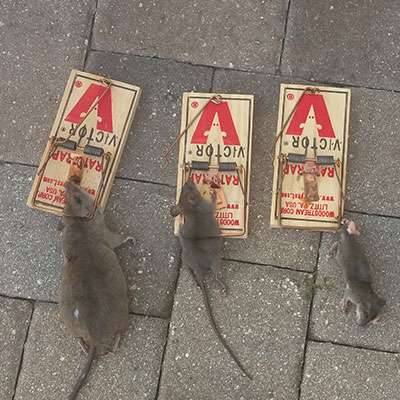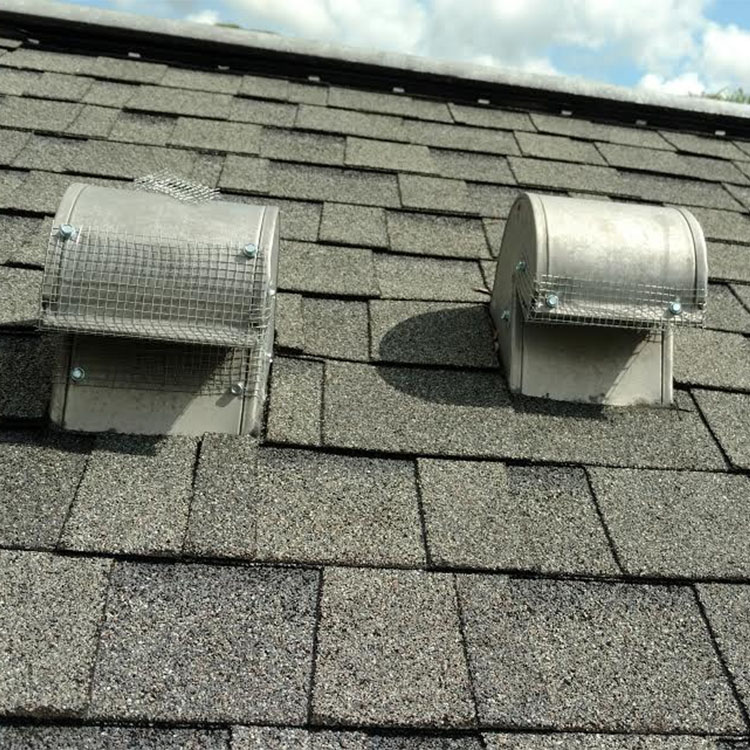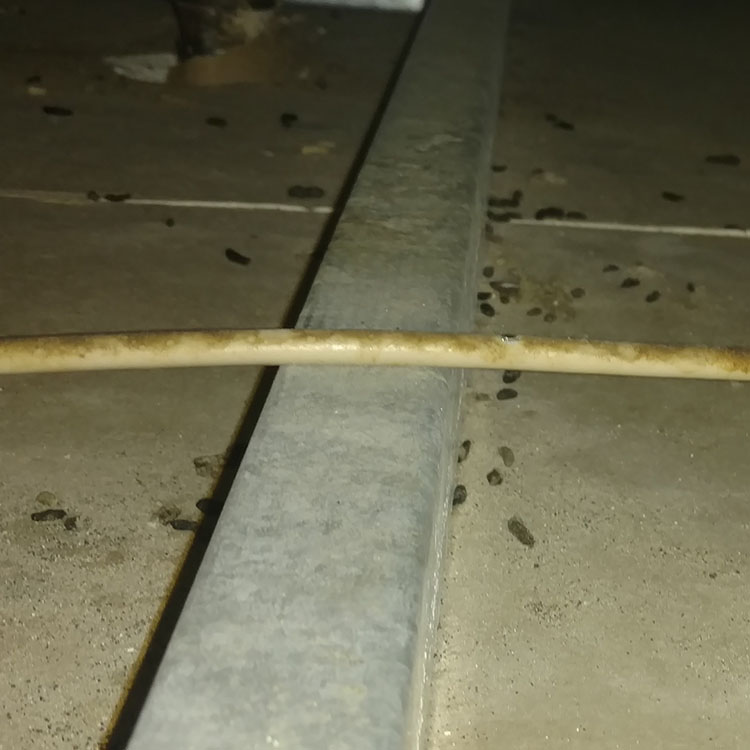How To Get Rid Of Rats
You’ve probably seen the age-old skit of a rat scurrying by and a woman jumping into her chair and screaming- right? Rats are typically depicted as nasty, evil, and disgusting creatures – which if they’re in your house, they pretty much are. Rats are known to be extremely social creatures, which is why people say if you have one you have a hundred. They cannot thrive on their own, and have actually been found to suffer from depression if they are not with a group. A group of rats is known as a mischief – if that’s any indication of why you wouldn’t want rats in your homes. While they may look mean, rats are rather shy and will run from you faster than they will attack you. Rats are also well known for having an exceptional memory, which can make them hard to get rid of.
Rats are part of the rodent family and are considered to be mid-size. You can spot the differences between rats and mice mostly by their size, but also rats will have thinner bodies and longer legs. There are around 60 different types of rats, found all over the world. Rats are not found to be under 5 inches long, but can grow up to around 30 inches (the Bosavi Woolly Rat, native in the rainforests of Papua New Guinea, not in America- thank goodness).
Most rats are nocturnal rodents, which means that they are only out at night. They travel in groups, occasionally a male and female will break off and create a nest on their own, thus starting a new group. Rats are omnivores, meaning that they will eat both plants and meat, however they do prefer meat when it is available. Often times, waste found in suburban areas are perfect for rats, as we throw out both meats and fruits and vegetables. The reason that rat population is constantly booming is because female rats can produce up to 2,000 babies a year! They only have a gestation period – or pregnancy- of 21 to 26 days, meaning that they can produce multiple litters constantly.

Rats are very complex creatures, which can make them difficult to trap and get rid of for good. Which is why we created this helpful article all about rats, that way you can identify if you have a rat issue before it becomes a major infestation.
While many times people with rat problems ask themselves “why?” the question you should be asking is “how?”, this way you can identify how they are getting into your home. Rats are agile and can get into many different areas, so identifying where they are getting in can be tricky. Most rats can squeeze into a hole as tiny as a quarter, which can be very difficult to find if you are trying to locate every possible opening on and around your home. Even if a hole isn’t as big as a quarter they may be able to gnaw on the opening until it becomes a bit larger, allowing access. Once they are inside, they have the capability to chew through drywall, wood, and other materials to gain access to additional room.

Additionally, rats can find their way through plumbing pipes. Many older homes have lead pipes as the main pipelines into and throughout the home. Rats have the ability to chew through the soft lead of these pipes and gain access into the home as well. This can be a major issue as not only do you then have rats in your house, but you can also have plumbing issues as well. Definitely not a fun time for anyone involved.
Many times, roof rats will climb trees outside the home and jump from the tree limb to the roof. If you’re lucky you may even be able to spot where they are getting in from if you can catch them doing this. If you do notice branches that hang close to your roof, it is best to cut them back. Many animals other than rats can actually use branches to gain access to your roof as well, so it is a good precautionary thing to do regardless.
Once you’ve established that you for sure have rats, what do you do?? While half of you may want to just burn your house down with all those suckers trapped inside, there is a method to effectively get rid of your pesky visitors. There are three main steps to officially getting rid of your rodent problem: trapping them, sealing up your home – the exclusion, and cleaning up all the mess they made- sanitation.
The exclusion is the sealing up process, and should be one of your first steps as it inhibits all rats not inside from entering and all rats trapped inside from exiting. Remember that rats can fit through a hole the size of a quarter, so it is important to seal up any and all holes you find on the home. You also want to be sure that you go over your home several times to make sure you got every opening.

Throughout the exclusion process and afterwards, you should have traps set to catch rats in the attic. Most times, rats in the attic will not go to the traps very often at first as they are weary and can easily get food from the outside world. However, once your home is completely sealed and they are trapped in the attic, you will notice a significant increase in trappings. This is because they will start to get desperate and go right into your traps.
Once all noise has ceased and you feel as though your home is secure, and rat-free, you should perform the sanitation. This is the nasty part, but it is vital to your health to get done. I would recommend purchasing latex gloves and a mask for this step. You should remove all of the droppings from the attic space, use a paper towel AND the latex gloves, and dispose of them immediately. You should also take a disinfectant, or bleach and water, and go over all areas where urine is found.
Worst case scenario, these little guys did a number on your insulation and you have to remove and replace it all. So, the trick is to catch them before it gets to that point.